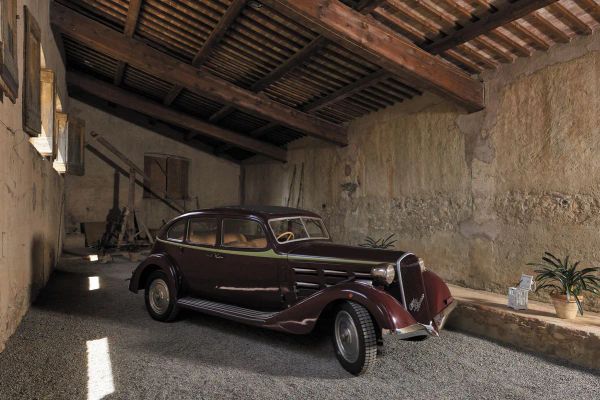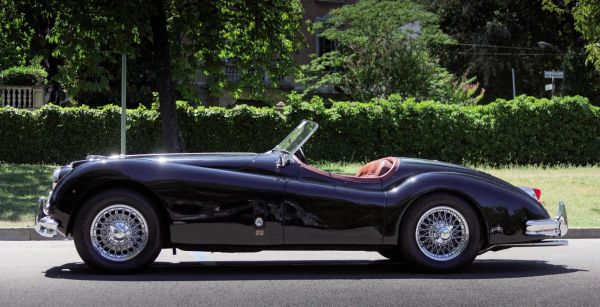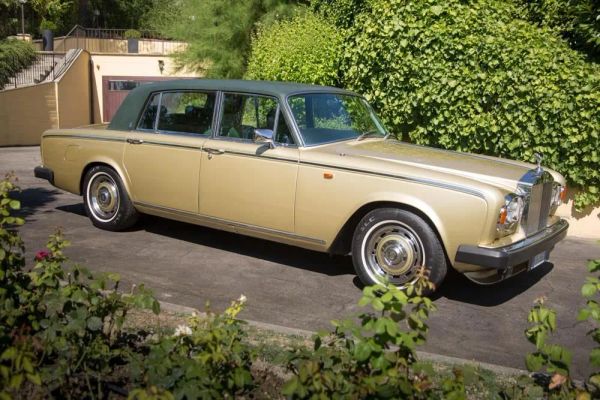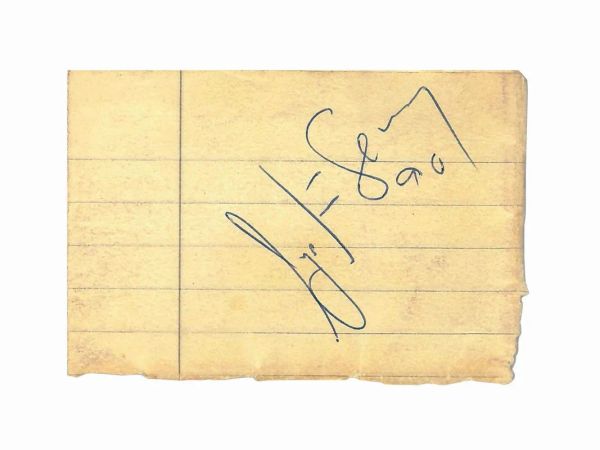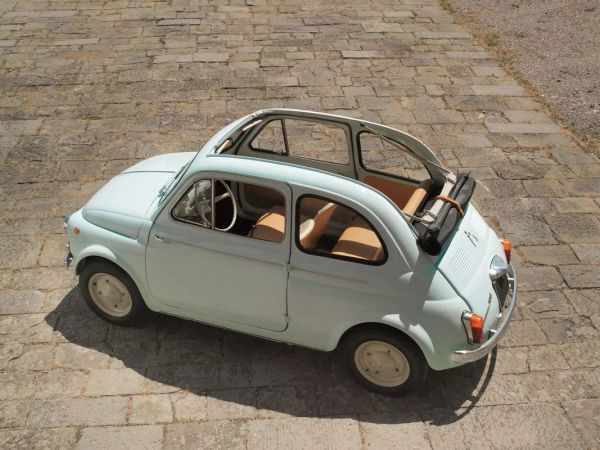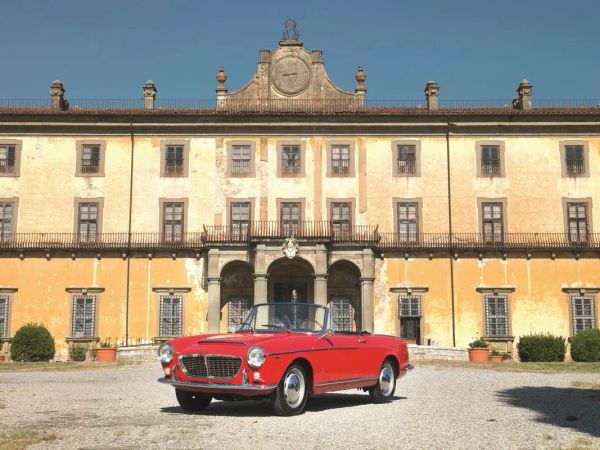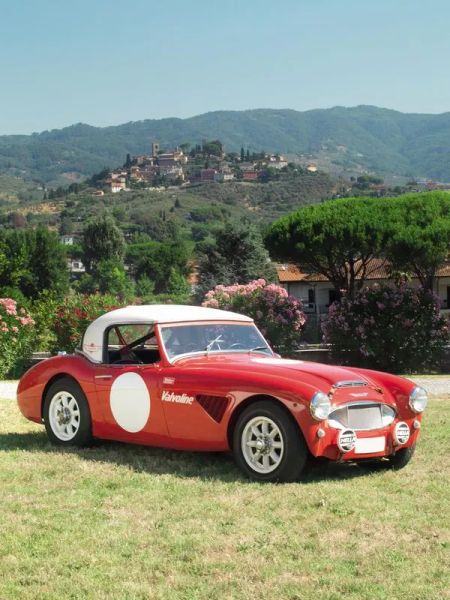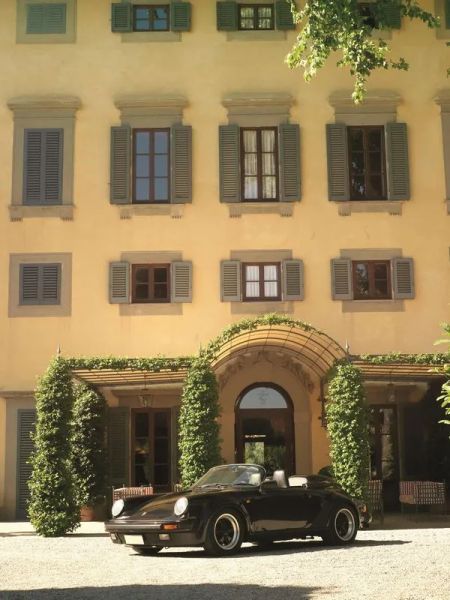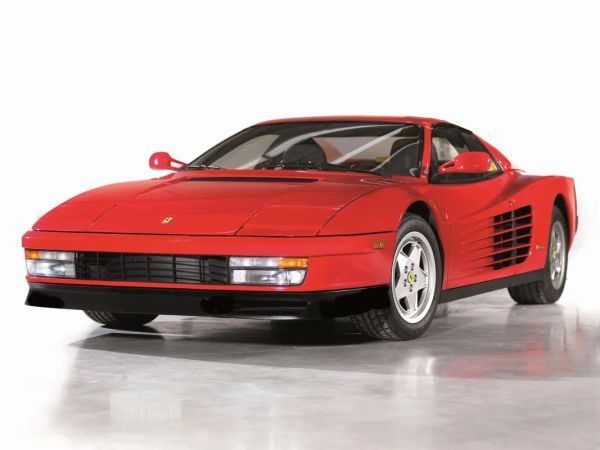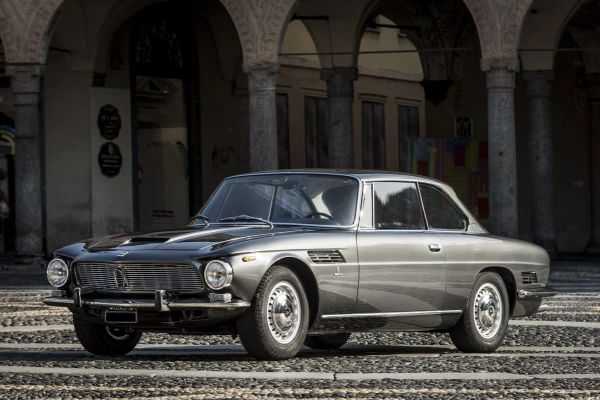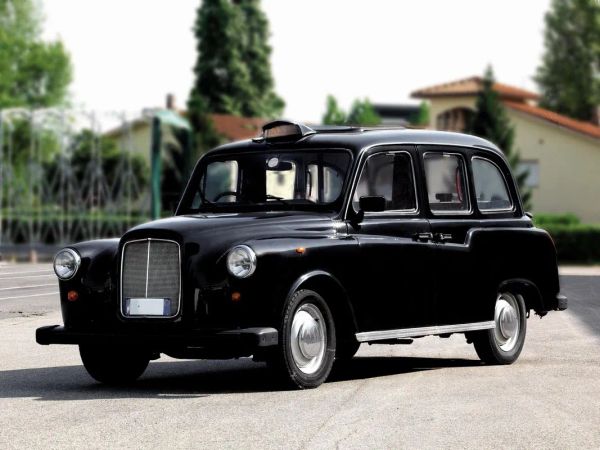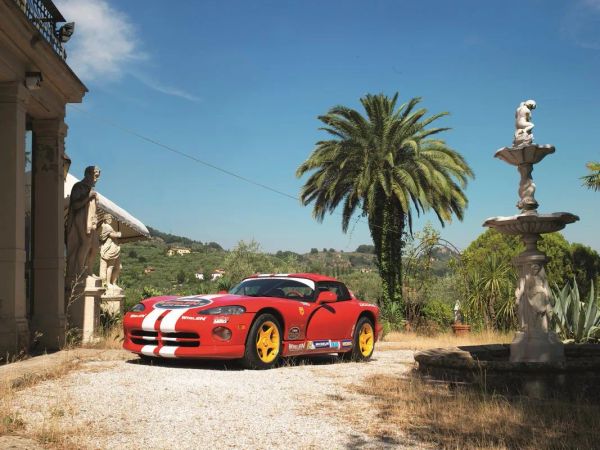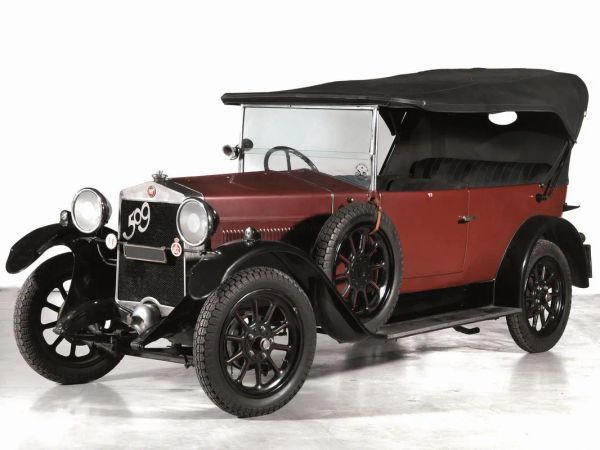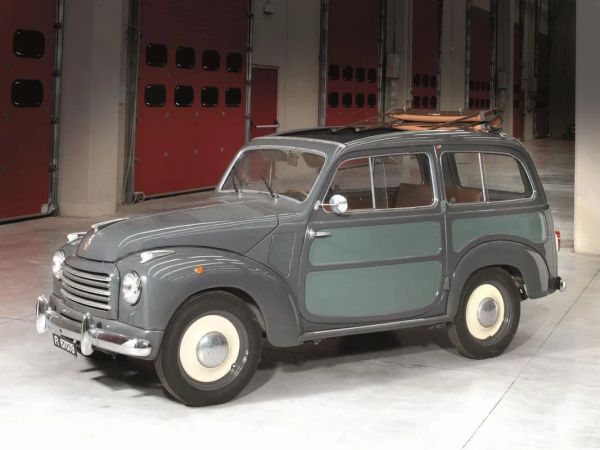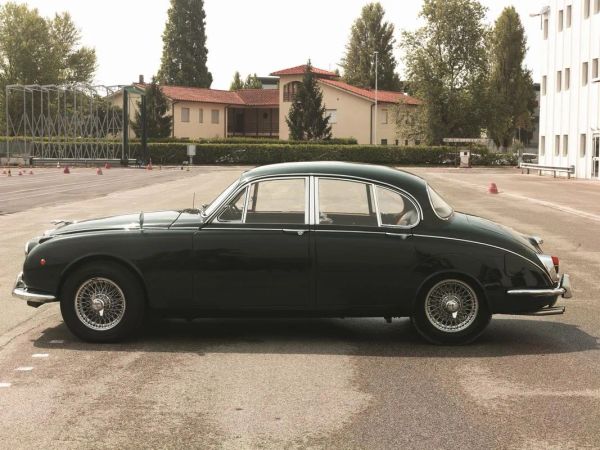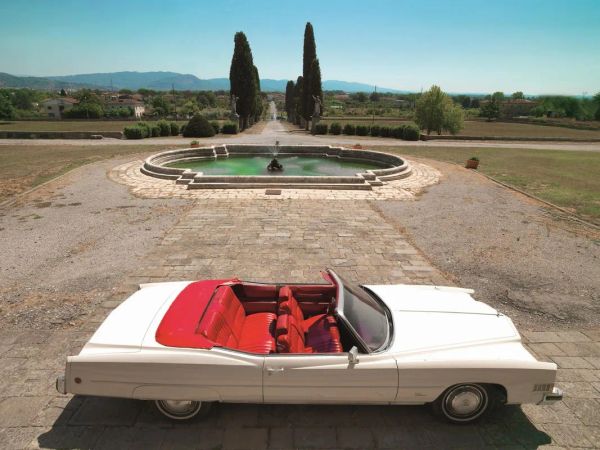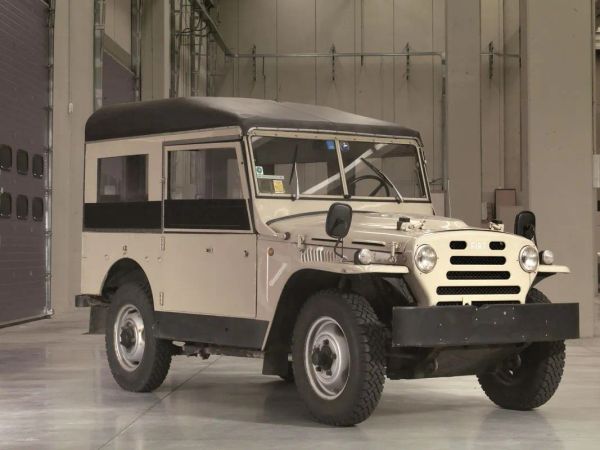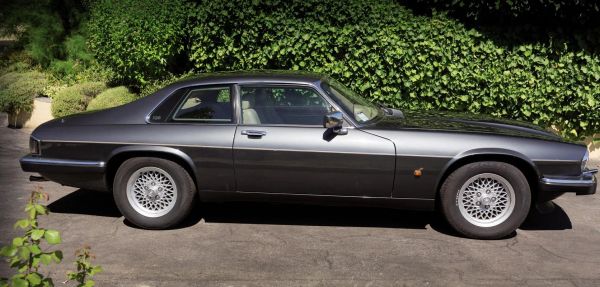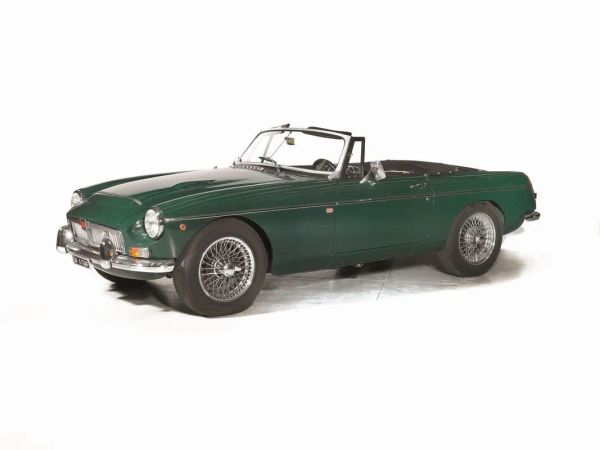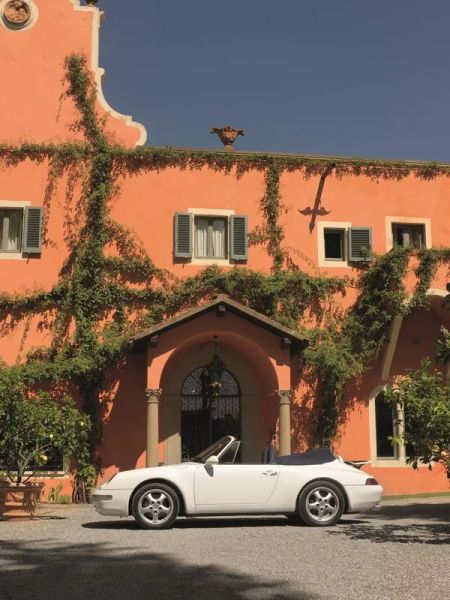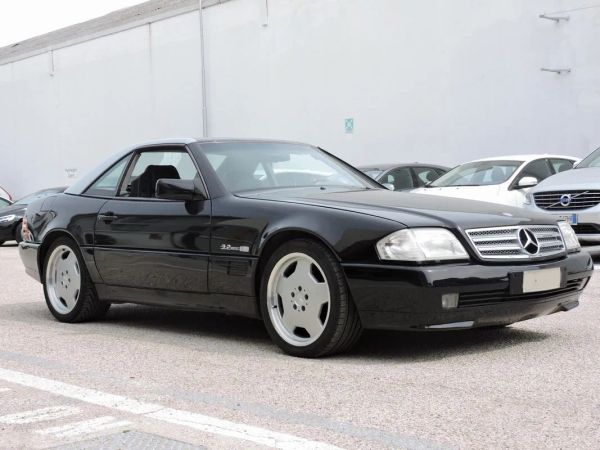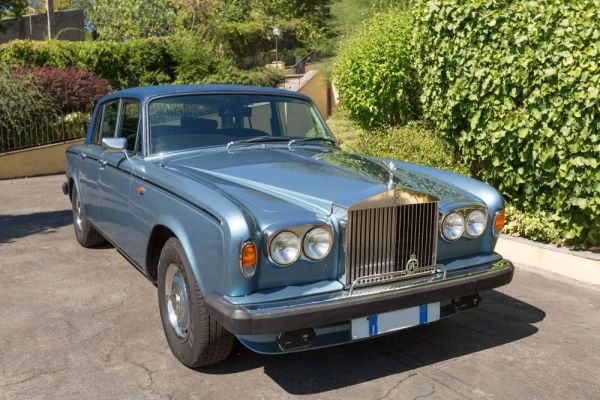1
AYRTON SENNA AUTOGRAPH
AYRTON SENNA AUTOGRAPH
Ayrton Senna da Silva (1960-1994) was one of the best-loved Formula One drivers [..]
1
Free Bid
AYRTON SENNA AUTOGRAPH
AYRTON SENNA AUTOGRAPH
Ayrton Senna da Silva (1960-1994) was one of the best-loved Formula One drivers [..]
Sold
2
FIAT 500 D SECOND SERIES (1965)
FIAT 500 D SECOND SERIES (1965)
CHASSIS N. 777126
ENGINE: IN LINE 2 CYLINDER [..]
2
Free Bid
FIAT 500 D SECOND SERIES (1965)
FIAT 500 D SECOND SERIES (1965)
CHASSIS N. 777126
ENGINE: IN LINE 2 CYLINDER [..]
Estimate
€ 14.000 / 16.000
Sold
3
FIAT 1500 SPIDER (1960)
FIAT 1500 SPIDER (1960)
CHASSIS N. 006414
ENGINE: IN LINE 4 CYLINDER
DISPLACEMENT: [..]
3
Free Bid
FIAT 1500 SPIDER (1960)
FIAT 1500 SPIDER (1960)
CHASSIS N. 006414
ENGINE: IN LINE 4 CYLINDER
DISPLACEMENT: [..]
Estimate
€ 35.000 / 45.000
4
AUSTIN HEALEY V8 SPECIAL (1962)
AUSTIN HEALEY V8 SPECIAL (1962)
ORIGINAL CHASSIS NO. H-BJ7-L/20858,
RE-PUNCHED IN 2012 PT00429112PT [..]
4
Free Bid
AUSTIN HEALEY V8 SPECIAL (1962)
AUSTIN HEALEY V8 SPECIAL (1962)
ORIGINAL CHASSIS NO. H-BJ7-L/20858,
RE-PUNCHED IN 2012 PT00429112PT [..]
Estimate
€ 20.000 / 30.000
Sold
5
ALFA ROMEO 2000 SPIDER VELOCE NIKI LAUDA (1978)
ALFA ROMEO 2000 SPIDER VELOCE NIKI LAUDA (1978)
CHASSIS N. AR115410003801
ENGINE: [..]
5
Free Bid
ALFA ROMEO 2000 SPIDER VELOCE NIKI LAUDA (1978)
ALFA ROMEO 2000 SPIDER VELOCE NIKI LAUDA (1978)
CHASSIS N. AR115410003801
ENGINE: [..]
Estimate
€ 30.000 / 50.000
6
AUSTIN HEALEY 3000 (1959)
AUSTIN HEALEY 3000 (1959)
CHASSIS N. H-BT7-L/3862
ENGINE: 6 CYLINDER
DISPLACEMENT: [..]
6
Free Bid
AUSTIN HEALEY 3000 (1959)
AUSTIN HEALEY 3000 (1959)
CHASSIS N. H-BT7-L/3862
ENGINE: 6 CYLINDER
DISPLACEMENT: [..]
Estimate
€ 50.000 / 60.000
8
PORSCHE 911 SPEEDSTER (1989)
PORSCHE 911 SPEEDSTER (1989)
CHASSIS N. WPOZZZ91ZKS 152114
ENGINE: REAR MOUNTED [..]
8
Free Bid
PORSCHE 911 SPEEDSTER (1989)
PORSCHE 911 SPEEDSTER (1989)
CHASSIS N. WPOZZZ91ZKS 152114
ENGINE: REAR MOUNTED [..]
Estimate
€ 170.000 / 200.000
9
ALFA ROMEO 6C 2300 TURISMO (1935)
ALFA ROMEO 6C 2300 TURISMO (1935)
CHASSIS N. 710566
ENGINE: IN LINE 6 CYLINDER [..]
9
Free Bid
ALFA ROMEO 6C 2300 TURISMO (1935)
ALFA ROMEO 6C 2300 TURISMO (1935)
CHASSIS N. 710566
ENGINE: IN LINE 6 CYLINDER [..]
Estimate
€ 500.000 / 700.000
Sold
10
FERRARI TESTAROSSA (1988)
FERRARI TESTAROSSA (1988)
CHASSIS N. ZFFSG17A5K0079436
ENGINE: 12 CYLINDER [..]
10
Free Bid
FERRARI TESTAROSSA (1988)
FERRARI TESTAROSSA (1988)
CHASSIS N. ZFFSG17A5K0079436
ENGINE: 12 CYLINDER [..]
Estimate
€ 80.000 / 120.000
11
DAIMLER DB 18 SPECIAL SPORTS (1951)
DAIMLER DB 18 SPECIAL SPORTS (1951)
CHASSIS N. D59029
ENGINE: 6 CYLINDERS
[..]
11
Free Bid
DAIMLER DB 18 SPECIAL SPORTS (1951)
DAIMLER DB 18 SPECIAL SPORTS (1951)
CHASSIS N. D59029
ENGINE: 6 CYLINDERS
[..]
Estimate
€ 22.000 / 30.000
Sold
12
ISO RIVOLTA 300GT 1. SERIE (1964)
ISO RIVOLTA 300GT 1. SERIE (1964)
CHASSIS N. 410510
ENGINE: V 8 CYLINDER
[..]
12
Free Bid
ISO RIVOLTA 300GT 1. SERIE (1964)
ISO RIVOLTA 300GT 1. SERIE (1964)
CHASSIS N. 410510
ENGINE: V 8 CYLINDER
[..]
Estimate
€ 120.000 / 160.000
13
CARBODIES TAXI (1989)
CARBODIES TAXI (1989)
CHASSIS N. FX4N/DR/00070689
ENGINE: 4 CYLINDER DIESEL [..]
13
Free Bid
CARBODIES TAXI (1989)
CARBODIES TAXI (1989)
CHASSIS N. FX4N/DR/00070689
ENGINE: 4 CYLINDER DIESEL [..]
Estimate
€ 8.000 / 12.000
14
DODGE VIPER R/T 10 (1996)
c
CHASSIS N. IB3BR65E9TV100516
ENGINE: V10
DISPLACEMENT: 8000 CM3
POWER: [..]
14
Free Bid
DODGE VIPER R/T 10 (1996)
c
CHASSIS N. IB3BR65E9TV100516
ENGINE: V10
DISPLACEMENT: 8000 CM3
POWER: [..]
Estimate
€ 90.000 / 120.000
15
FERRARI 308 GTSi (1981)
FERRARI 308 GTSi (1981)
CHASSIS N. ZFFHA02B000038019
ENGINE: CENTRAL/TRANSVERSAL [..]
15
Free Bid
FERRARI 308 GTSi (1981)
FERRARI 308 GTSi (1981)
CHASSIS N. ZFFHA02B000038019
ENGINE: CENTRAL/TRANSVERSAL [..]
Estimate
€ 70.000 / 100.000
16
Free Bid
FIAT 509 (1929)
FIAT 509 (1929)
CHASSIS N. 253474
ENGINE: IN LINE 4 CYLINDER
DISPLACEMENT: [..]
Estimate
€ 10.000 / 15.000
Sold
17
FIAT 500 C GIARDINIERA BELVEDERE (1953)
FIAT 500 C GIARDINIERA BELVEDERE (1953)
CHASSIS N. 434557
ENGINE: IN LINE [..]
17
Free Bid
FIAT 500 C GIARDINIERA BELVEDERE (1953)
FIAT 500 C GIARDINIERA BELVEDERE (1953)
CHASSIS N. 434557
ENGINE: IN LINE [..]
Estimate
€ 14.000 / 18.000
Sold
18
JAGUAR XK 140 OTS (1956)
JAGUAR XK 140 OTS (1956)
CHASSIS N. 813056
ENGINE: IN LINE 6 CYLINDER, TWIN-CAM [..]
18
Free Bid
JAGUAR XK 140 OTS (1956)
JAGUAR XK 140 OTS (1956)
CHASSIS N. 813056
ENGINE: IN LINE 6 CYLINDER, TWIN-CAM [..]
Estimate
€ 80.000 / 120.000
Sold
19
JAGUAR 340 (1968)
JAGUAR 340 (1968)
CHASSIS N. 1J/80195DN
ENGINE: IN LINE 6 CYLINDER, TWIN-CAM [..]
19
Free Bid
JAGUAR 340 (1968)
JAGUAR 340 (1968)
CHASSIS N. 1J/80195DN
ENGINE: IN LINE 6 CYLINDER, TWIN-CAM [..]
Estimate
€ 20.000 / 30.000
Sold
20
CADILLAC ELDORADO CONVERTIBLE (1973)
CADILLAC ELDORADO CONVERTIBLE (1973)
CHASSIS N. 6L67530424258
ENGINE: V8
[..]
20
Free Bid
CADILLAC ELDORADO CONVERTIBLE (1973)
CADILLAC ELDORADO CONVERTIBLE (1973)
CHASSIS N. 6L67530424258
ENGINE: V8
[..]
Estimate
€ 22.000 / 28.000
22
LANCIA GAMMA 2000 COUPE’ (1979)
LANCIA GAMMA 2000 COUPE’ (1979)
CHASSIS N. 002843
ENGINE: 4 CYLINDER [..]
22
Free Bid
LANCIA GAMMA 2000 COUPE’ (1979)
LANCIA GAMMA 2000 COUPE’ (1979)
CHASSIS N. 002843
ENGINE: 4 CYLINDER [..]
Estimate
€ 9.000 / 12.000
23
FIAT CAMPAGNOLA (1967)
FIAT CAMPAGNOLA (1967)
CHASSIS N. 022655
ENGINE: IN LINE 4 CYLINDER
DISPLACEMENT: [..]
23
Free Bid
FIAT CAMPAGNOLA (1967)
FIAT CAMPAGNOLA (1967)
CHASSIS N. 022655
ENGINE: IN LINE 4 CYLINDER
DISPLACEMENT: [..]
Estimate
€ 4.000 / 6.000
Sold
24
Free Bid
JAGUAR XJS (1992)
JAGUAR XJS (1992)
CHASSIS N. SAJJNAEW4EN180068
ENGINE: V12
DISPLACEMENT: [..]
Estimate
€ 18.000 / 25.000
25
MG C ROADSTER (1968)
MG C ROADSTER (1968)
CHASSIS N. TV24258300TV
ENGINE: 6 CYLINDER
DISPLACEMENT: [..]
25
Free Bid
MG C ROADSTER (1968)
MG C ROADSTER (1968)
CHASSIS N. TV24258300TV
ENGINE: 6 CYLINDER
DISPLACEMENT: [..]
Estimate
€ 25.000 / 35.000
Sold
26
Free Bid
JEEP GPW 1943
JEEP GPW 1943
CHASSIS N. 416228
ENGINE: 4 CYLINDER
DISPLACEMENT: 2199 CM3 [..]
Estimate
€ 18.000 / 25.000
Sold
27
PORSCHE CARRERA 2 993 CABRIOLET (1995)
PORSCHE CARRERA 2 993 CABRIOLET (1995)
CHASSIS N. WPOCA299299342256
ENGINE: [..]
27
Free Bid
PORSCHE CARRERA 2 993 CABRIOLET (1995)
PORSCHE CARRERA 2 993 CABRIOLET (1995)
CHASSIS N. WPOCA299299342256
ENGINE: [..]
Estimate
€ 60.000 / 80.000
28
MERCEDES-BENZ SL 320 R129 (1993)
MERCEDES-BENZ SL 320 R129 (1993)
CHASSIS N. WDB1290631F089625
ENGINE: 6 CYLINDER [..]
28
Free Bid
MERCEDES-BENZ SL 320 R129 (1993)
MERCEDES-BENZ SL 320 R129 (1993)
CHASSIS N. WDB1290631F089625
ENGINE: 6 CYLINDER [..]
Estimate
€ 12.000 / 15.000
29
FERRARI 599 GTO (2010)
FERRARI 599 GTO (2010)
CHASSIS N. 174806
ENGINE: V 65. 12 CYLINDER
DISPLACEMENT: [..]
29
Free Bid
FERRARI 599 GTO (2010)
FERRARI 599 GTO (2010)
CHASSIS N. 174806
ENGINE: V 65. 12 CYLINDER
DISPLACEMENT: [..]
Estimate
€ 550.000 / 650.000
30
ROLLS-ROYCE SILVER SHADOW II (1977)
ROLLS-ROYCE SILVER SHADOW II (1977)
CHASSIS N. SRH31603
ENGINE: V8 90.
DISPLACEMENT: [..]
30
Free Bid
ROLLS-ROYCE SILVER SHADOW II (1977)
ROLLS-ROYCE SILVER SHADOW II (1977)
CHASSIS N. SRH31603
ENGINE: V8 90.
DISPLACEMENT: [..]
Estimate
€ 16.000 / 20.000
Sold
31
ROLLS-ROYCE SILVER WRAITH II (1980)
ROLLS-ROYCE SILVER WRAITH II (1980)
CHASSIS N. LRH40265
ENGINE: V8 90.
DISPLACEMENT: [..]
31
Free Bid
ROLLS-ROYCE SILVER WRAITH II (1980)
ROLLS-ROYCE SILVER WRAITH II (1980)
CHASSIS N. LRH40265
ENGINE: V8 90.
DISPLACEMENT: [..]
Estimate
€ 18.000 / 25.000
Sold
32
ROLLS-ROYCE SILVER SPIRIT (1981)
ROLLS-ROYCE SILVER SPIRIT (1981)
CHASSIS N. ZCAZS0004DCH07649
ENGINE: V8 90. [..]
32
Free Bid
ROLLS-ROYCE SILVER SPIRIT (1981)
ROLLS-ROYCE SILVER SPIRIT (1981)
CHASSIS N. ZCAZS0004DCH07649
ENGINE: V8 90. [..]
Estimate
€ 12.000 / 15.000
Sold


